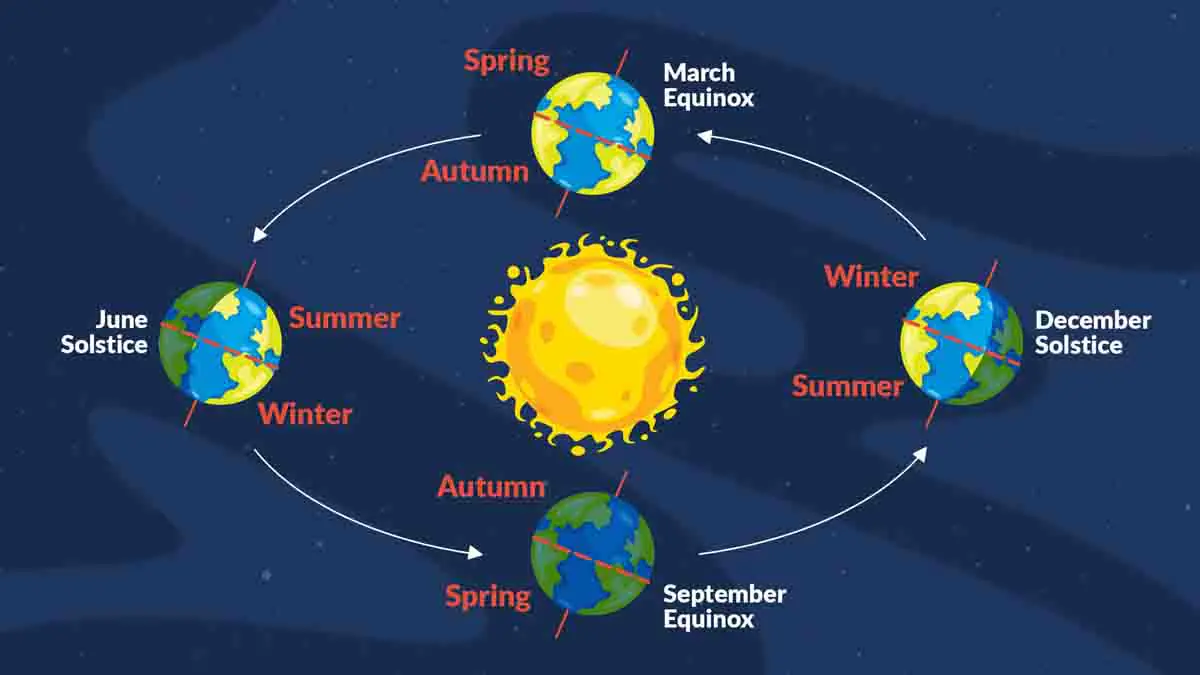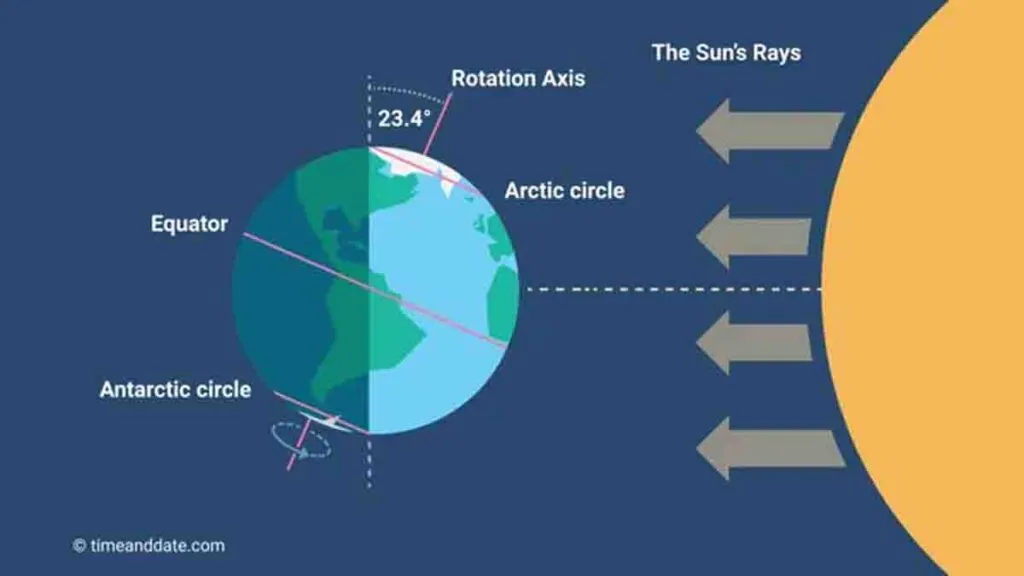Today, June 20, is the official start of summer in the Northern Hemisphere and the Summer Solstice 2024 longest day of the year.
As of today, June 20, at 4:51 p.m. EDT (2051 GMT), summer officially begins Summer Solstice 2024 longest day.
The sun rises to its highest and northernmost point in the sky on the summer solstice, also known as the June solstice. With the Northern Hemisphere receiving the most daylight hours of the year and the Southern Hemisphere receiving the least, it signifies the start of summer in the Northern Hemisphere and winter in the Southern Hemisphere.
The Farmer’s Almanac Sunrise and Sunset Calculator can be used to determine how many hours of daylight you’ll experience on the June solstice. The longest day will be experienced by those who live above the Arctic Circle. Because of a phenomenon known as the midnight sun, the sun doesn’t fall below the horizon there for several weeks or even months throughout the summer.
The official summer solstice this year is set for June 21 at 4:51 p.m. EDT (2051 GMT), and a full Strawberry Moon will appear the day after. On Saturday, June 22, the moon will reach its full phase around 9:08 p.m. EDT (or 01:08 GMT). However, the casual stargazer will still be able to see the moon full the night before and after its peak. It will be visible close to the stars in the Archer constellation, Sagittarius.
Why does June mark the June solstice?
The tilt of Earth’s orbit around the sun is responsible for both the June solstice and the seasons. Without it, the amount of light that reaches the Northern and Southern Hemispheres at all times of the year is equal.
Due to the axial tilt of 23.44°, one hemisphere of the Earth is slanted toward the sun for half of the year, while the other hemisphere is tilted away from the sun for the other half. The Northern Hemisphere is most inclined towards the sun on the June solstice, while the Southern Hemisphere is tilted away from it.
The fact that the astronomical year is 365.25 days long means that the solstices do not always fall on the same day. Because of this, the Northern Hemisphere’s summer solstice alternates between June 20 and June 21 and 22. All countries experience the summer solstice at the same time, though. This implies that for certain individuals, the summer solstice can fall in the midst of the day or the middle of the night.
RELATED STORIES:
— When is the Winter Solstice and what happens?
—Night sky: What you can see tonight [maps]
—Stonehenge’s summer solstice orientation is seen in monuments all over the UK in amazing photos


